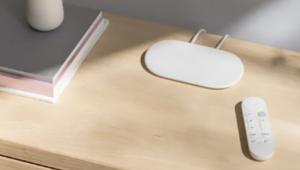Blog entries are unquestionably my source of entertainment and you have astonished me with your writing. Keep doing awesome would like to see more blog entry on the site. I have not been this thrilled by a blog entry for a long while! You have it, whatever that implies in blogging. I like to share these types of blog to my friends who like to read the blogs for gaining good thoughts and informations. You can hire this munnar call taxi for any tours and travels program of your family. They are providing secured and comfortable cabs.
Walk The Line
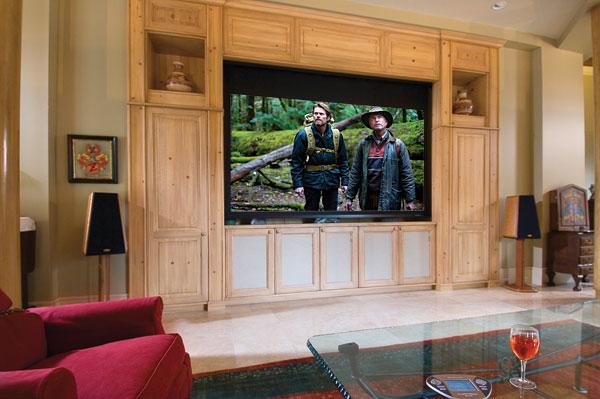
What are some tips to help integrate gear so it meets both technical and design goals?
Stop trying to get the gear in a show-off location. Unless you’re an audiophile with beautiful tube amps to display, it’s better to have the valuable real estate back. We can control equipment with radio frequency remotes, so why not get all the equipment in a rack and out of the room? It’s a great time to stop using physical media. We have been able to convince clients to switch to a media server for existing discs and start buying and streaming the rest from the Net.
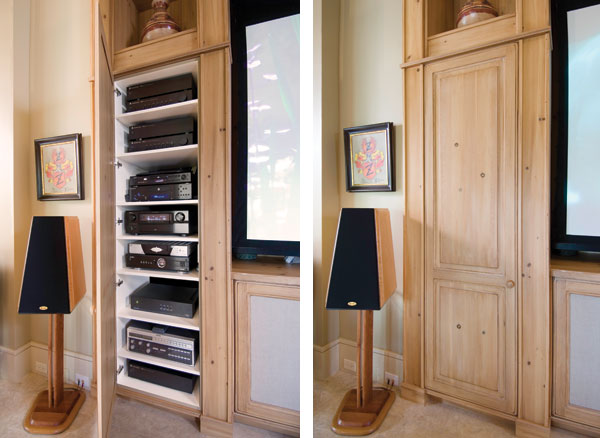
When first starting on a home theater or multipurpose media room project, what should be the focus: How it should look or how it should function?
The da Vinci blend of science and art makes for the best solutions. I don’t want to talk about amps or remotes at the beginning; I want to know if my clients play pool or throw darts. Beer or cosmopolitans? Cheese or chicken wings? This tells me all the non-A/V items that need to go into the room and what will not fit in the space. Once we can lock down the desired functions, the form can follow.
If there is an installation scenario in which either performance or design must be compromised, how is it best resolved?
A price-to-performance comparison helps. Subwoofers are a classic example. For designers, this large, ugly, detestable item always gets in the way. Questions like, “Is a sub really necessary?” always come up. Many manufacturers have started from scratch to re-engineer their subs to fit in only 3.5 inches of wall space. The trade-off is that equal perfor-
mance is going to cost much more. So is it worth X amount of dollars more to hide the sub? The client’s priority will reveal itself.
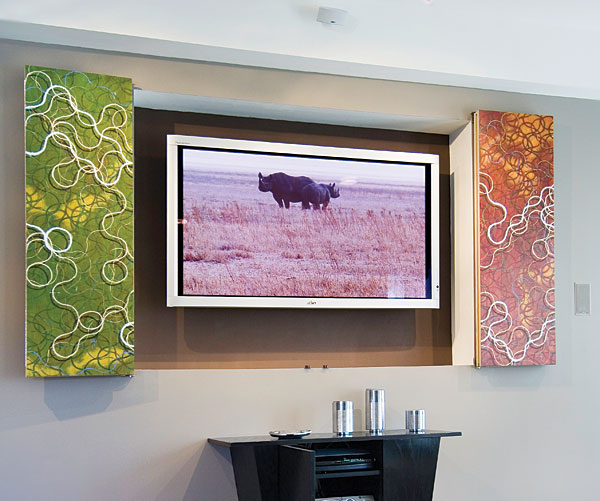
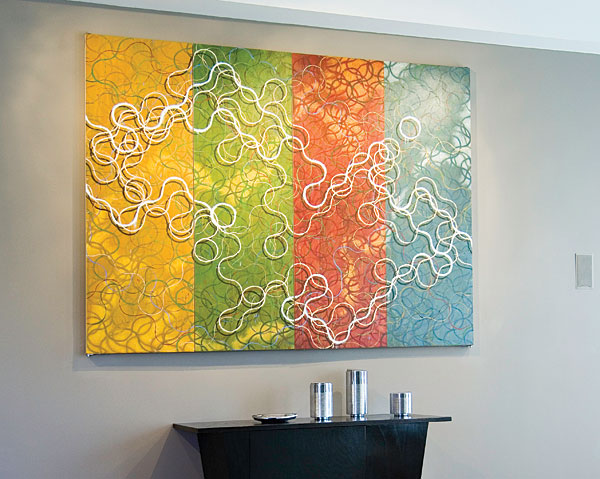
What tips can you offer custom installers and enthusiasts for working effectively with an interior designer and/or a non-enthusiast spouse?
Both the husband and the wife must be in on the process. “I’ll pick the electronics. She can do whatever she wants with the design of the room.” Or, “It’s his room; he can do whatever he wants.” I will not let either of these statements exclude them from participating in the process.
Most techs see designers as being arrogant rather than confident. And most designers see A/V technicians as inflexible obstacles to style. It’s that lack of respect for each other’s skill set that gets the whole process started on the wrong foot. Talking less specifics about technology and more about the client’s desired experience will help reach com- promises more easily.
What are some of your go-to solutions for hiding equipment?
My favorite is an acoustically transparent screen. The ability to place the center speaker in the exact center of the screen is a dramatic improvement in sound accuracy. Aesthetically, it is brilliantly easy as well—it’s simply invisible.
For the less-strict THX rooms that have space requirements, I love to add soffits. I’ve designed soffits that drop down around the entire room, adding a tray ceiling look. A well-designed set of soffits can hide all five speakers, a projector, and a drop-down screen.
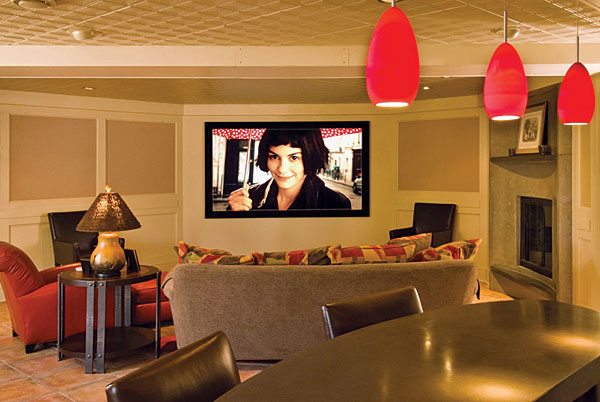
What are some easy design elements that can be added to a home theater so it looks more stylish?
Lighting is probably my first go-to. I’ve had entire theaters themed around beautiful wall sconces. Simple crown molding around the room is always a nice touch, but combined with the new, dimmable LED lighting strips, you can add a nice glow to the perimeter. Forget all the film memorabilia and movie posters. Instead, use the elements that are needed. For example, no matter what the room shape or size, some level of acoustic absorption is needed for quality sound. There are lots of colors and patterns available now. Instead of using large panels, consider breaking them up into smaller pieces to create lines of interest.
- Log in or register to post comments


Its trending in UK, i am talking about Clenbuterol
weight loss pill, very effective to burn fat quickly.

Looking where to buy clenbuteorl Australia. Its a effective weight loss product can order online easily.

Looking where to buy clenbuteorl Australia. Its a effective weight loss product can order online easily.

I saw a lot of advertisement on your website guys, and I should tell you know which sound systems are the best. Will purchase one for sure. Use custom writing essays services for better understanding what it is like to be a student and how to get an A+ for academic paper writing.

What a great blog post. I found impressive collection of home interior on this blog post. My wife is really keen to have this kind of wall painting.
Thanks!
Sarah Clenbuterol













